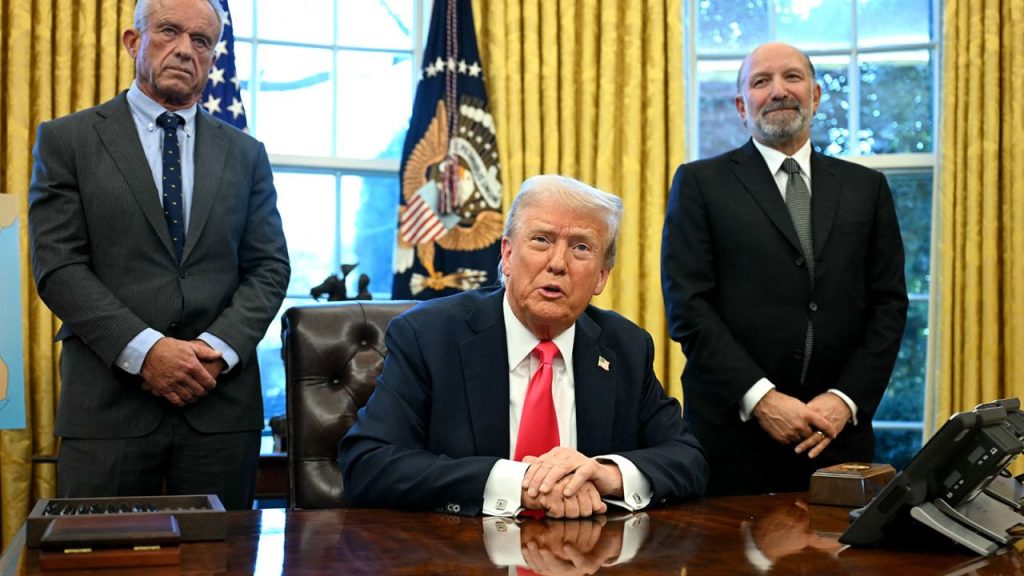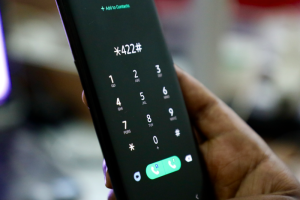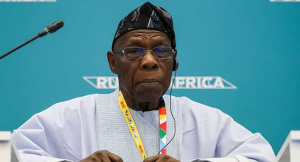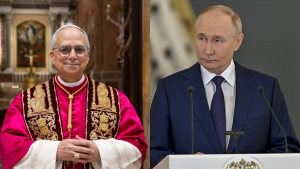
President Donald Trump has officially designated English as the United States’ official language, stating that the move will promote unity in a nation shaped by immigration.
In an executive order released on Saturday, the White House asserted that it is “long past time” for the country to recognize English as its official language. The document describes a shared language as fundamental to national cohesion and effective communication among citizens.
“A nationally designated language is at the core of a unified and cohesive society, and the United States is strengthened by a citizenry that can freely exchange ideas in one shared language,” the executive order states.
The order overturns a policy from the 1990s, introduced under former President Bill Clinton, which mandated federal agencies and federally funded organizations to provide assistance to non-English speakers. However, the new directive allows agencies some discretion in determining the extent of non-English services they provide.
“Nothing in this order… requires or directs any change in the services provided by any agency,” the document clarifies, giving agency heads the authority to assess what is necessary to fulfill their missions while ensuring efficient government service delivery.
Trump’s decision follows a series of executive orders aimed at reshaping U.S. policies during his latest term in office. However, many of his directives have faced legal challenges, particularly those that attempt to alter federal funding.
Despite recognizing the linguistic diversity of the U.S.—where over 350 languages are spoken—the administration emphasized that English has been central to the country’s identity since its founding. “Our nation’s historic governing documents, including the Declaration of Independence and the Constitution, have all been written in English,” the order states.
According to government data from 2019, nearly 68 million people in the U.S. speak a language other than English at home, with Spanish being the most widely spoken among them. Other prominent languages include Chinese, Vietnamese, and various Native American languages.
Trump’s order is expected to spark debate, with supporters arguing that it reinforces national unity, while critics view it as exclusionary and potentially detrimental to immigrant communities.








